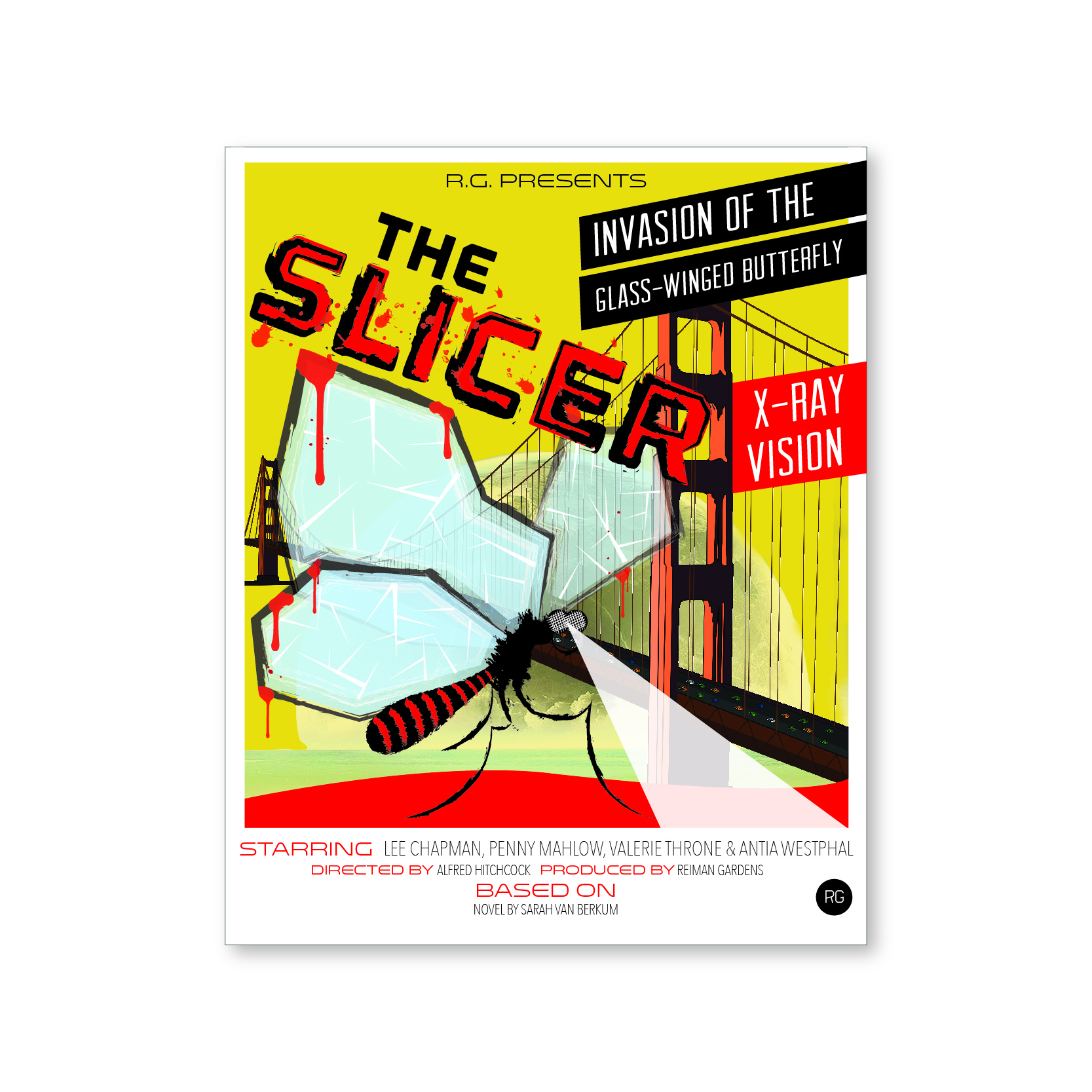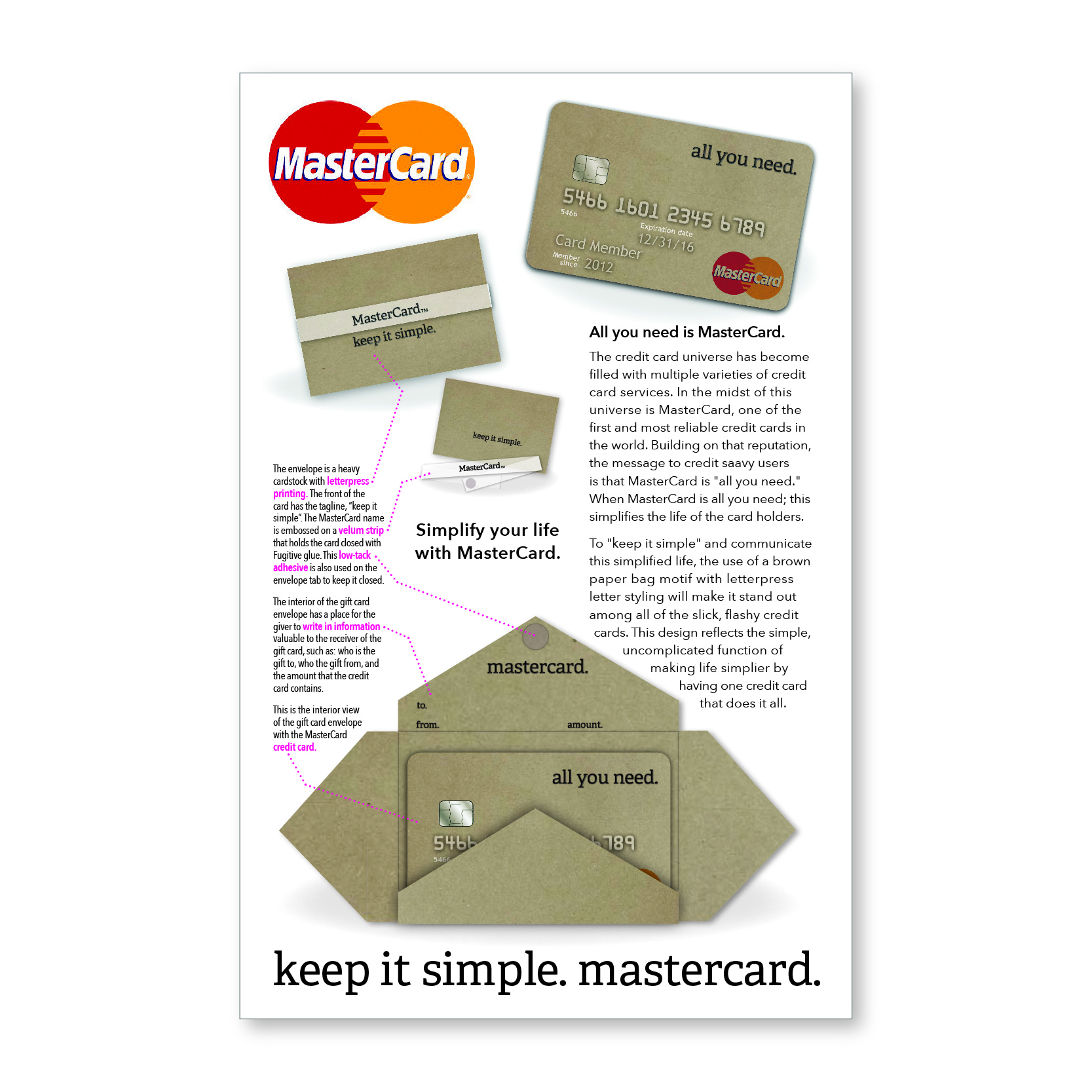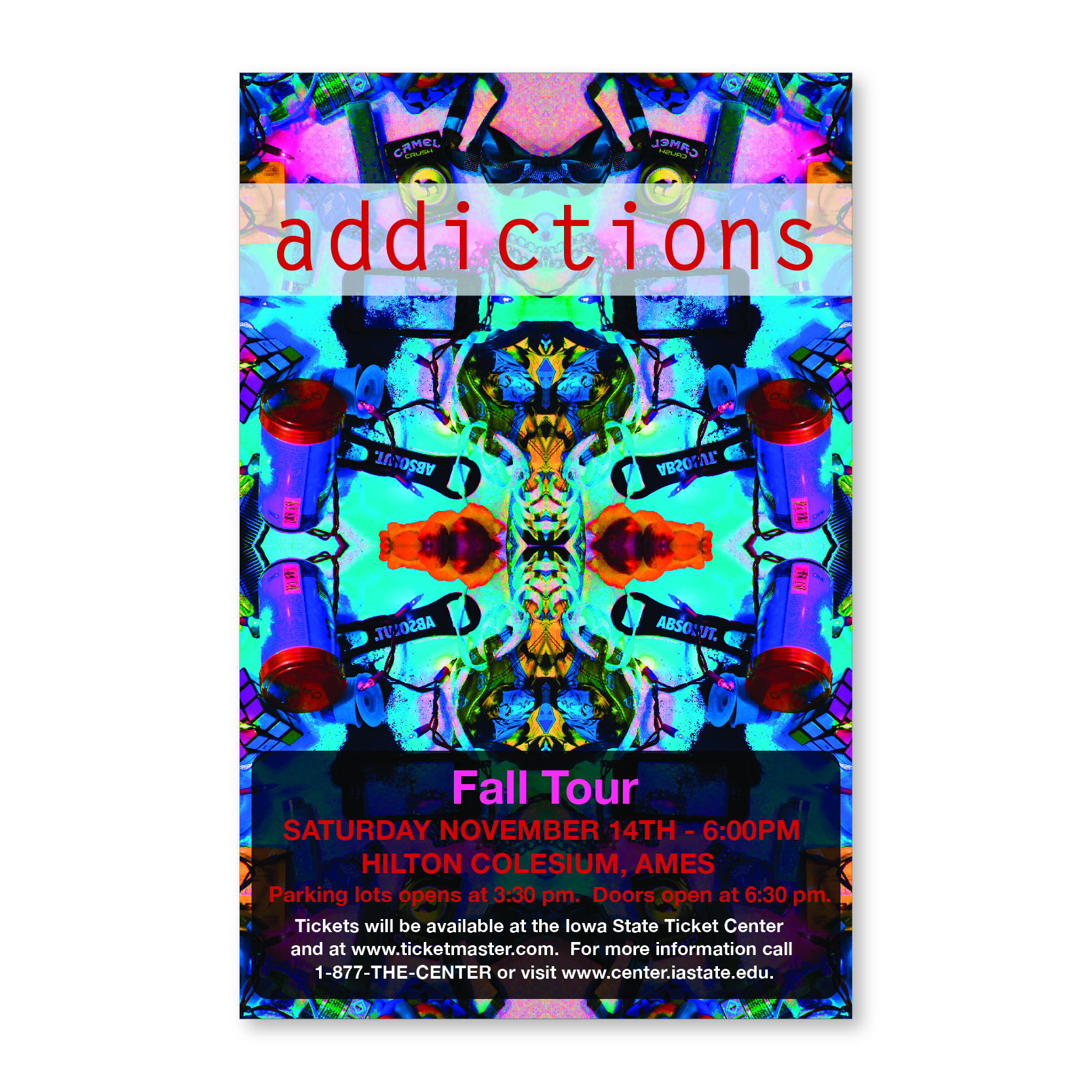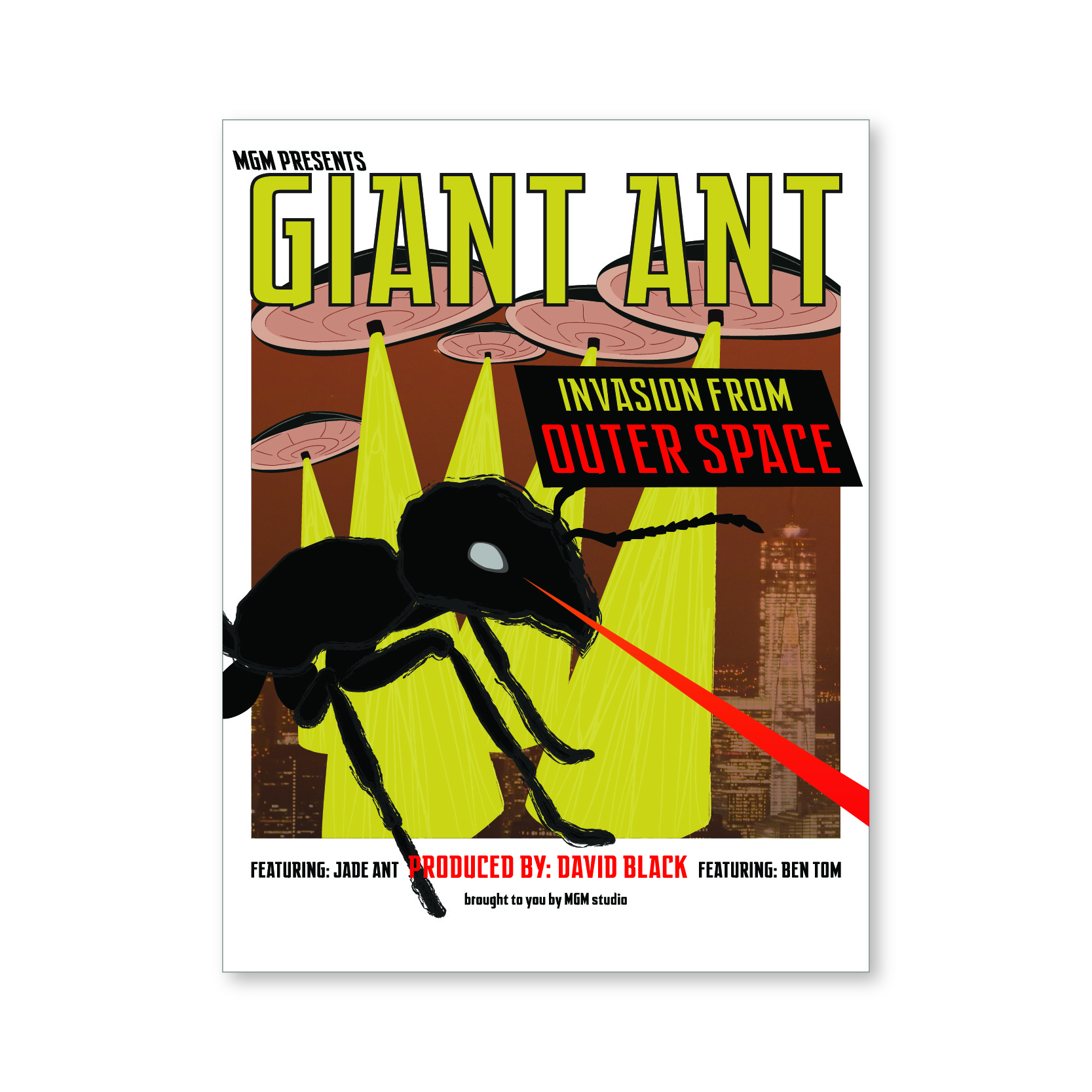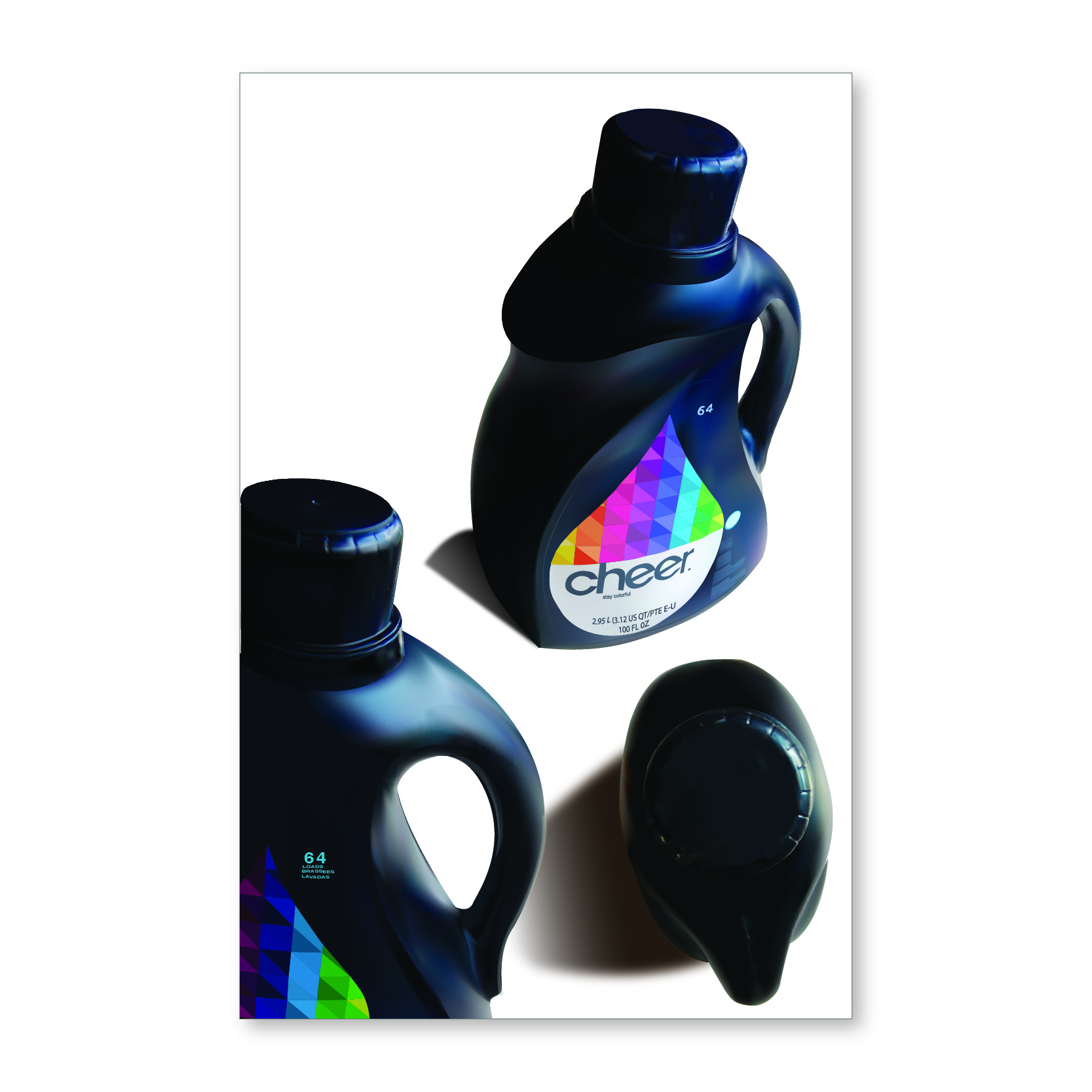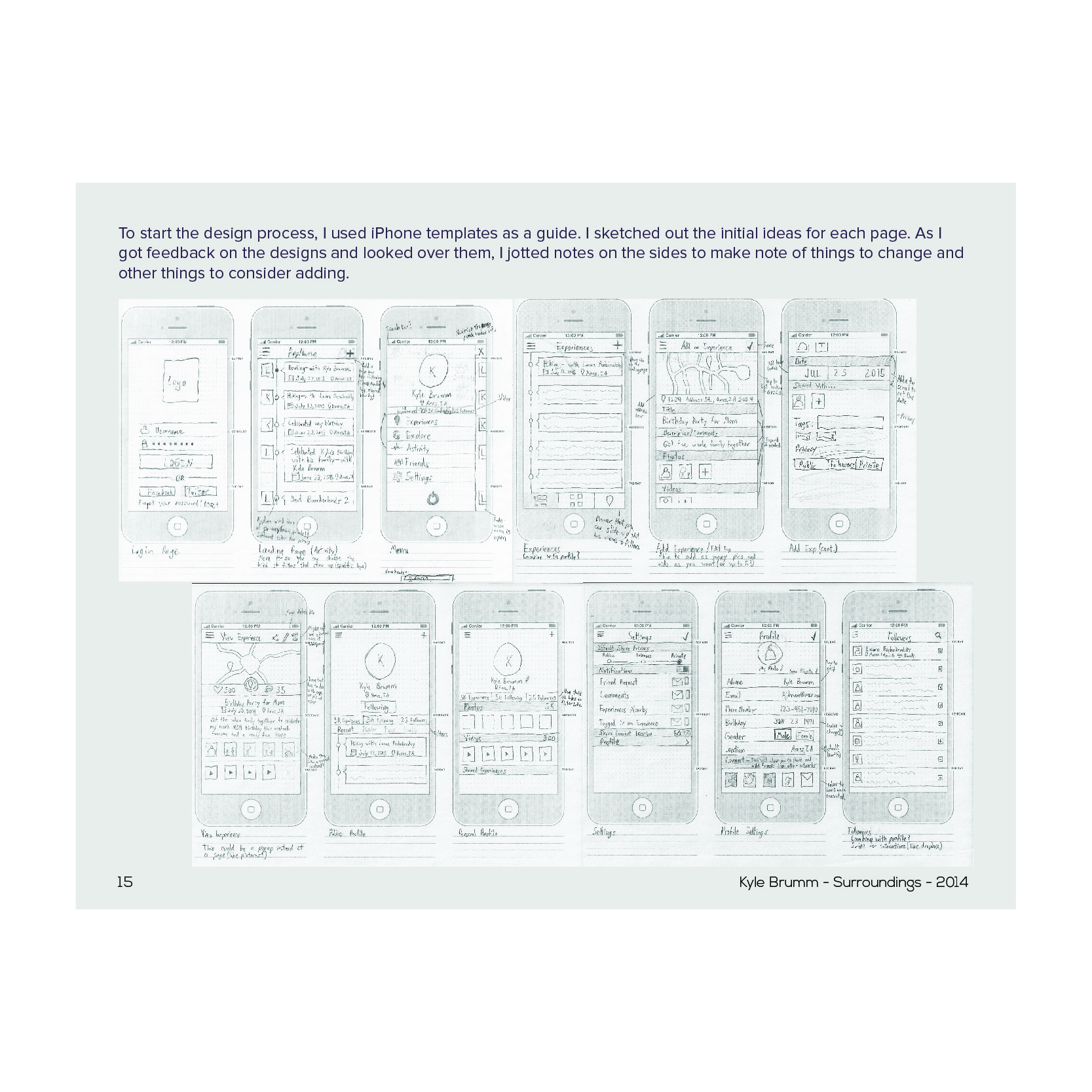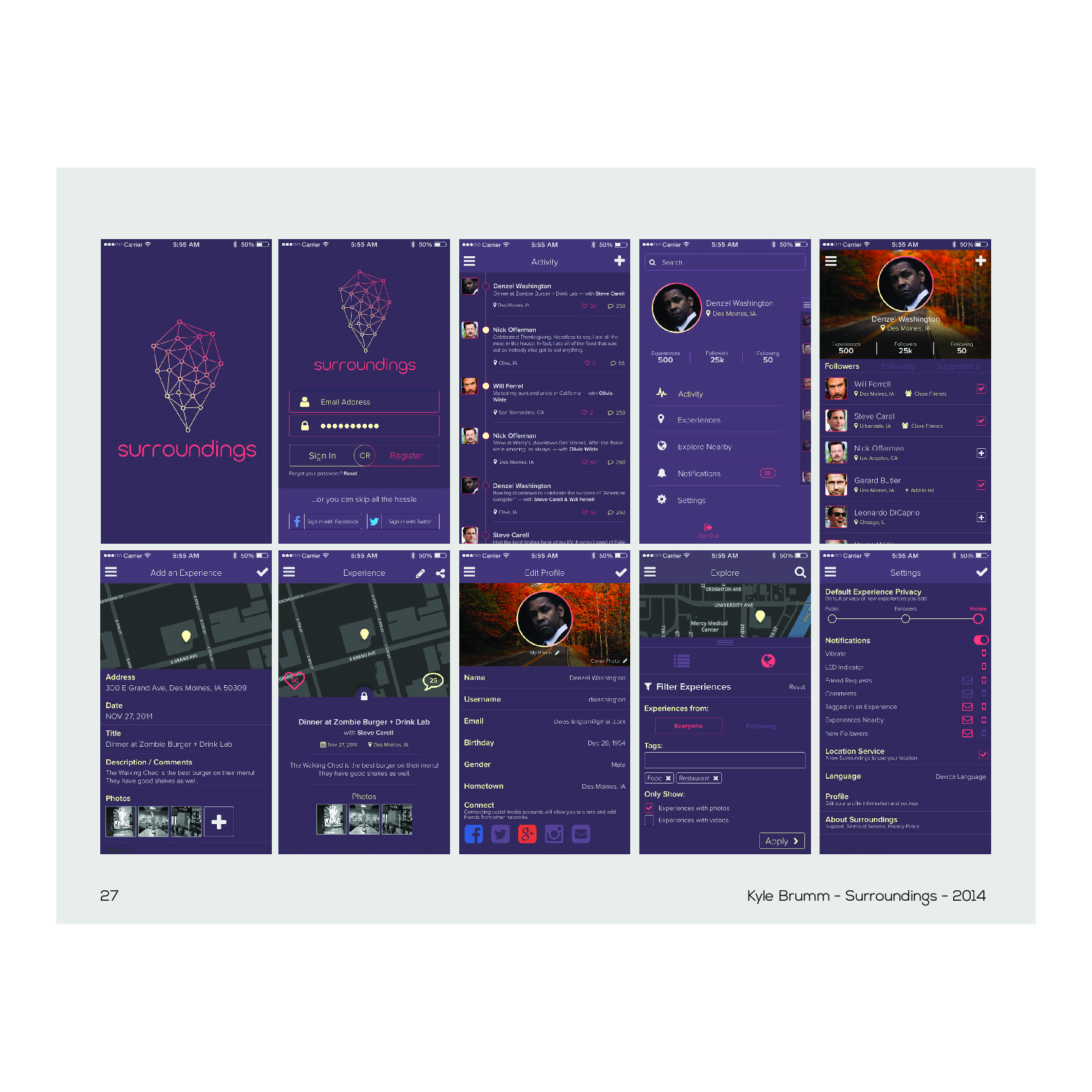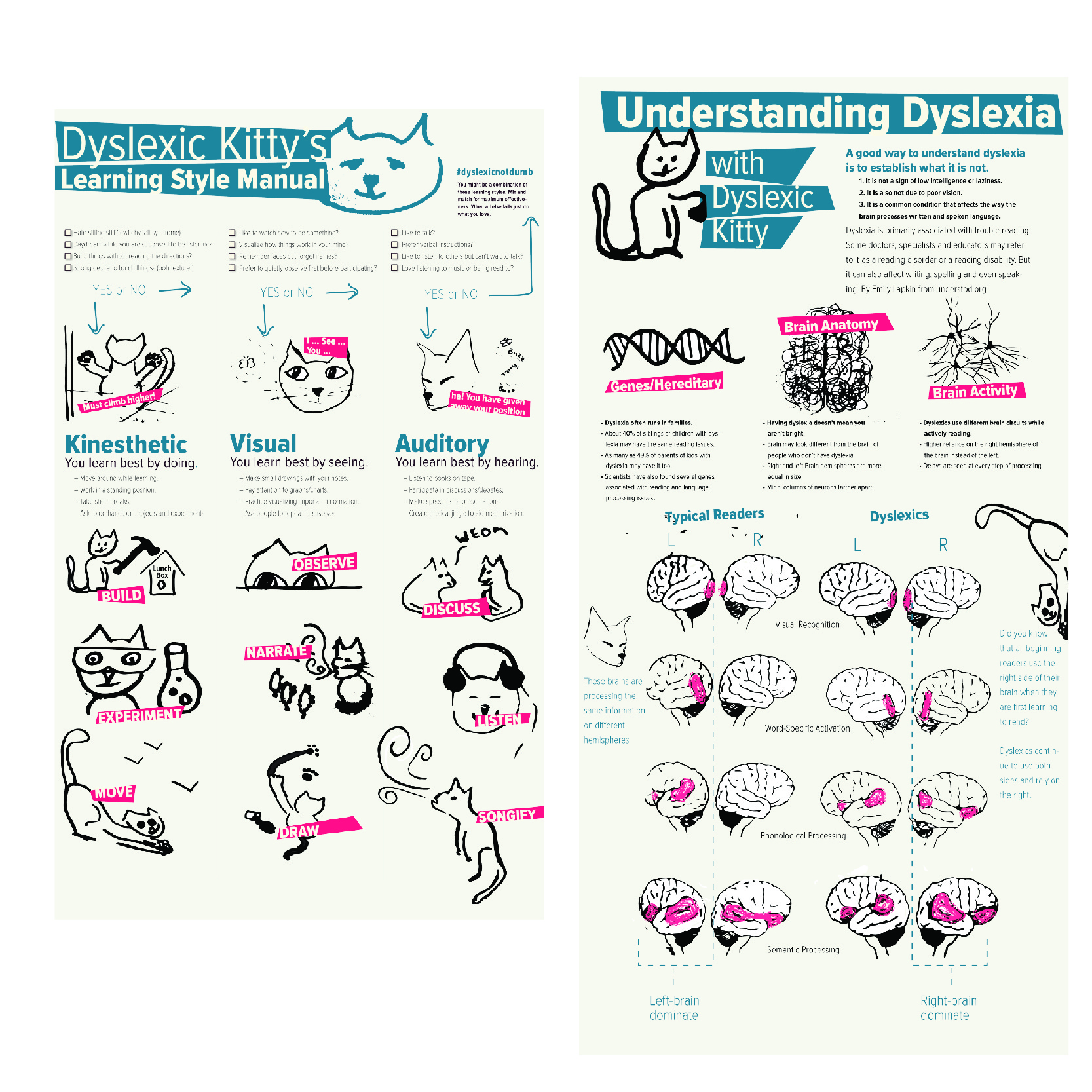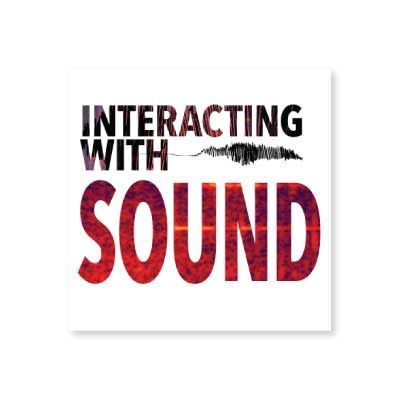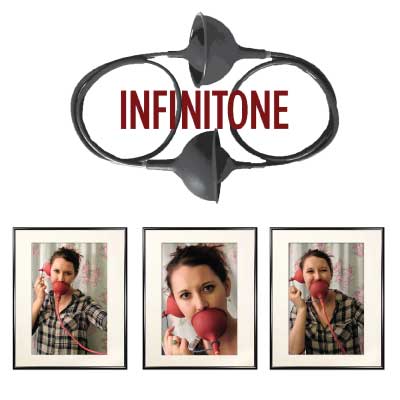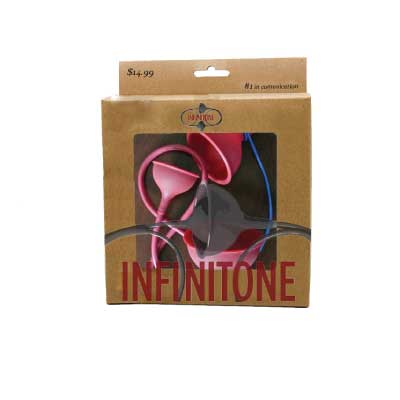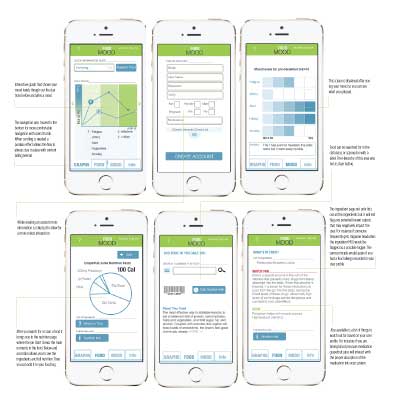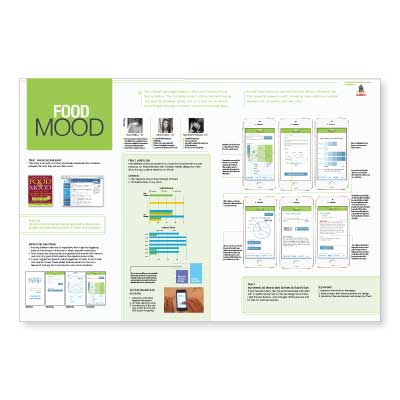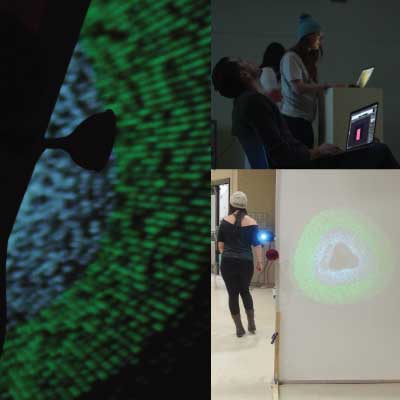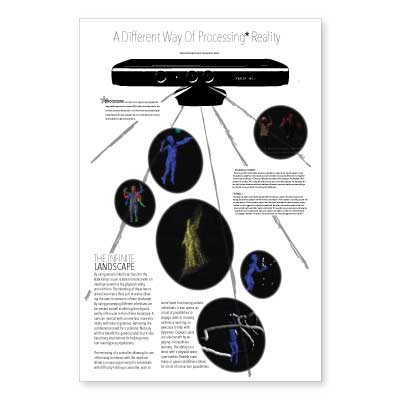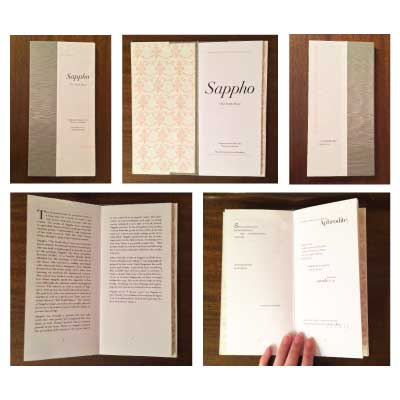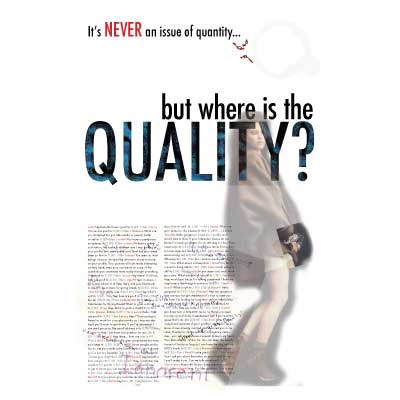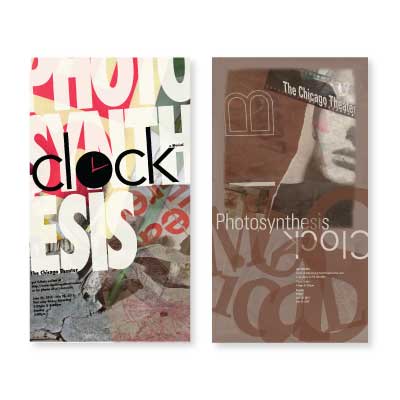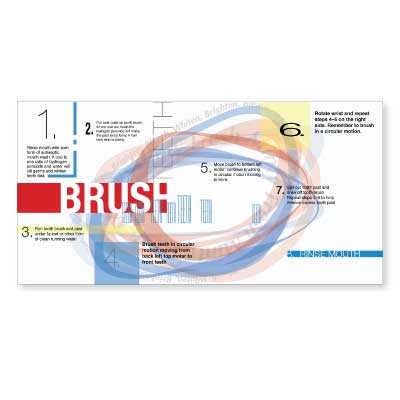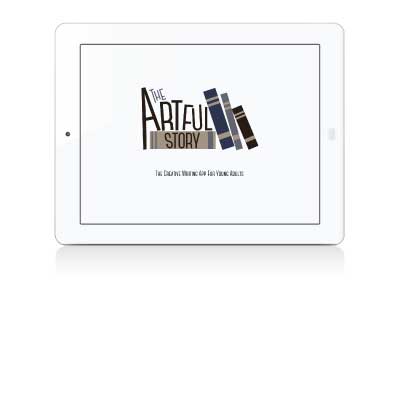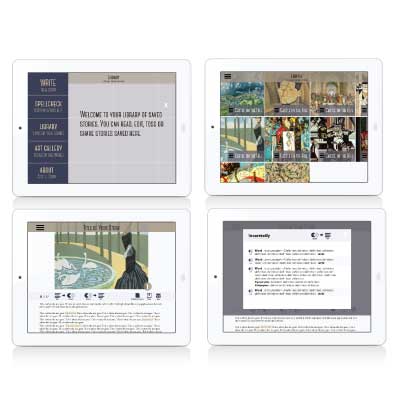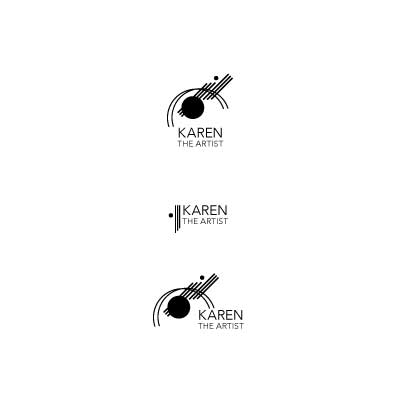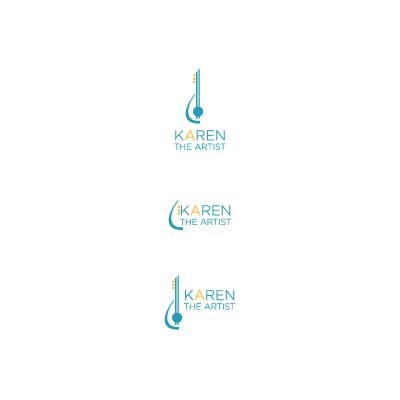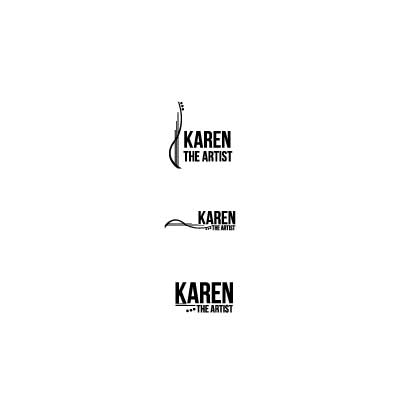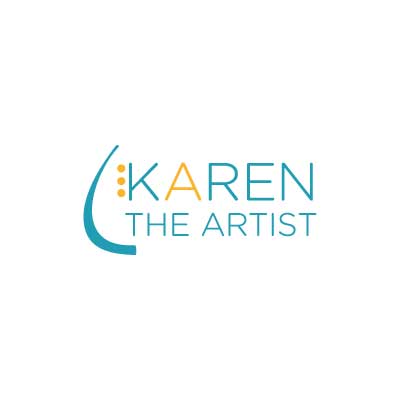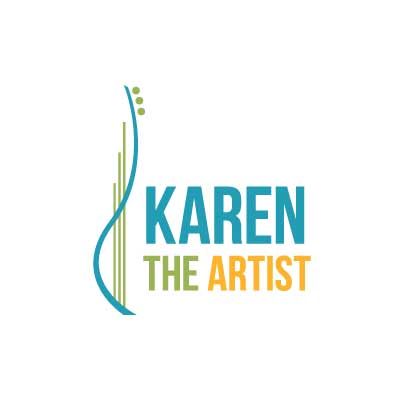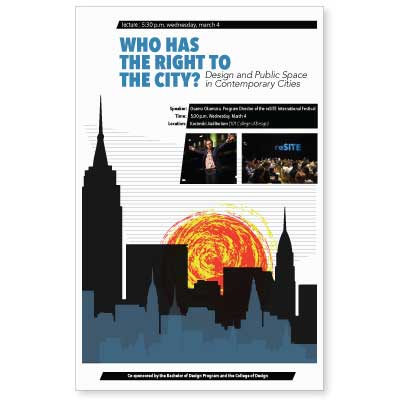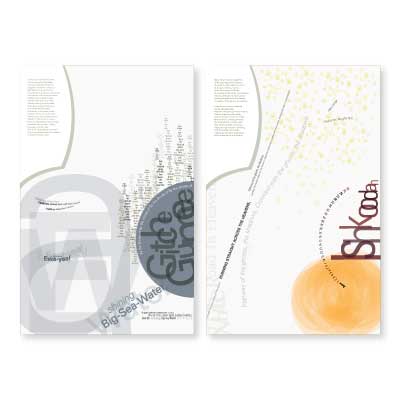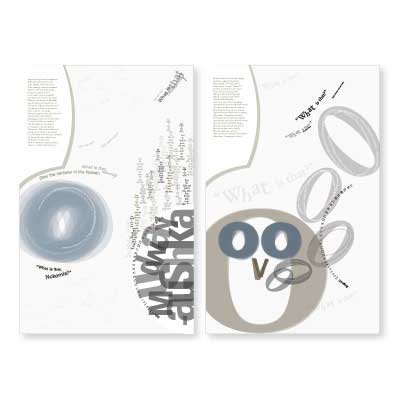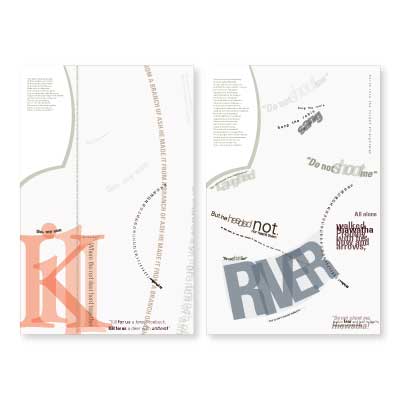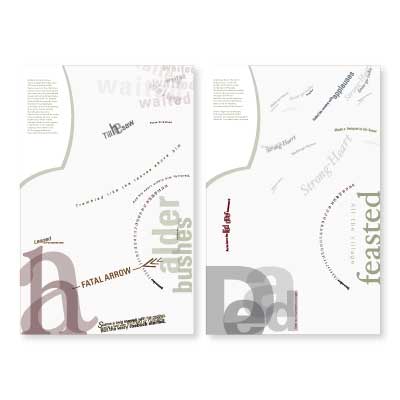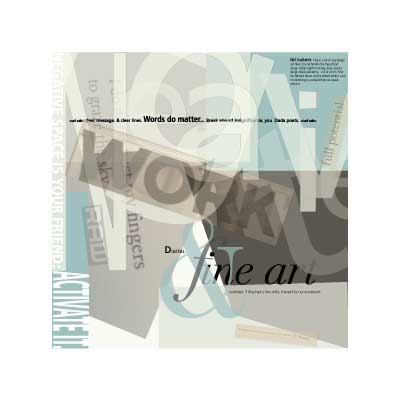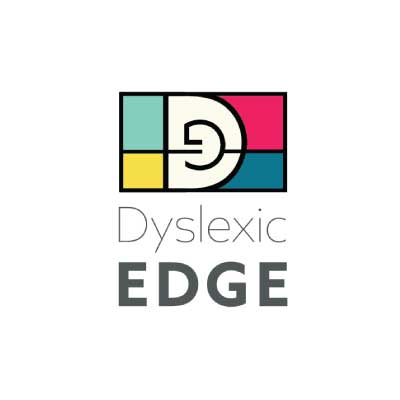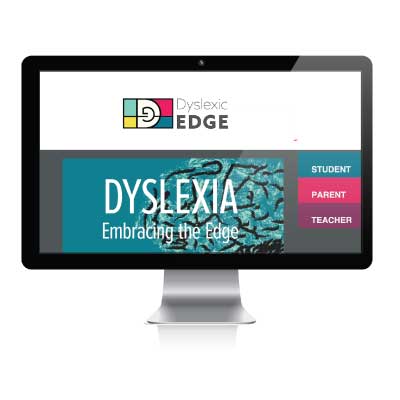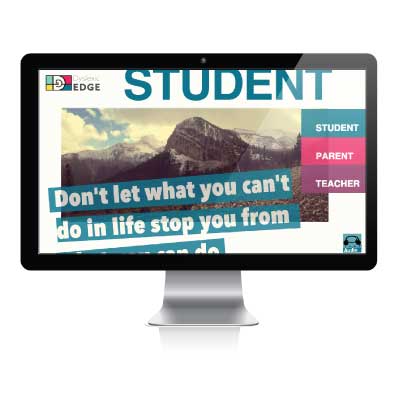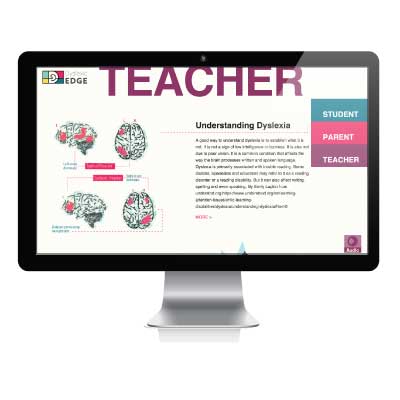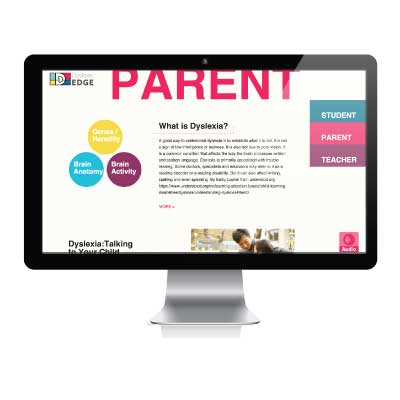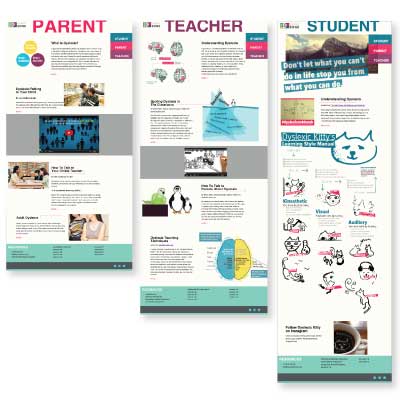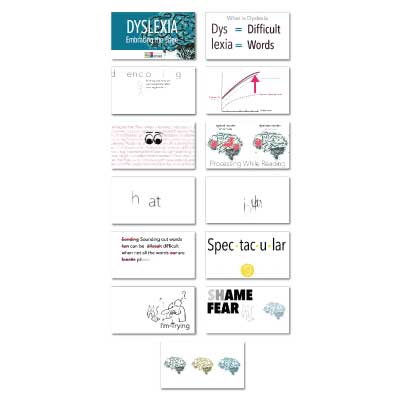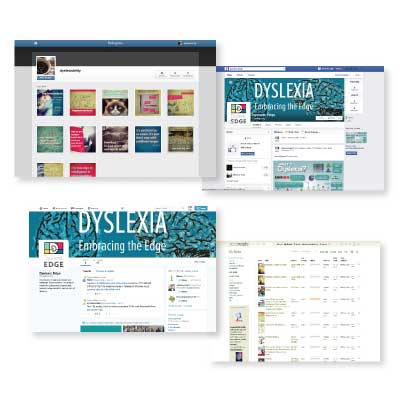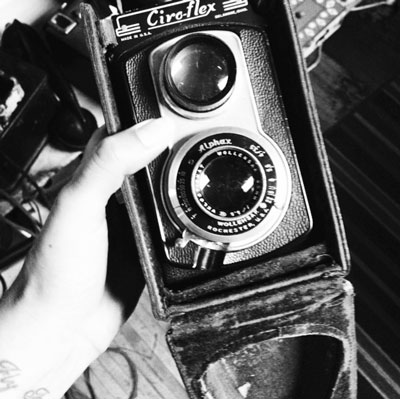Teaching Statment
Teaching Statment
My main goal as an instructor is first and foremost to foster a desire to learn and encourage lifelong learning. I have often told my students “I want to teach you, to teach yourself.” This approach to learning goes past the simple transfer of set information on a syllabus to building the skills a student will need to be an innovative, resourceful designer. As a design instructor I focus on: process, incorporating research, critiques –both small group and large formal– and finally, the importance of craft. All of these elements are fundamental for a young designer. I will briefly elaborate on each area of focus.
In a creative learning environment process is just as important as the product. In fact, I would argue that during the early stages of learning process becomes more important than the product. Obviously, the goal should be a strong, functioning design. However, developing methodologies and design processes as a young designer will lead to increasingly stronger design work. Students can overlook the importance of reading, writing, and arithmetic in their design process. Fibonacci sequence, golden ratio, fractals, all have a dominant importance in visual beauty. Not to mention the usefulness of understanding points and picas or doing basic math for cutting mats or boards to mount work. Writing becomes an important part of design when communicating with clients, promoting yourself, developing instructions, or recording process. Reading and comprehension are invaluable when it comes to research. Being able to process information and convert said information from a technical reading to visual communication is an invaluable skill to have.
Research should be an integral part of the design process. Research should include visual research as well as content research. Fostering a strong working knowledge of design history helps a designer know where we have come from. Drawing on historical precedence can help in ideation, and refinement in creating strong design. Being able to understand and delve into the concepts behind the design increases a designer’s ability to communicate. How can effective communication take place without the communicator having grasped what they are communicating?
Critique is a necessary and unavoidable part of every designer's life. Knowing how to discuss your own work as well as other’s is an important skill. Students should be comfortable discussing work in both small groups and larger formal critiques. Large group critiques foster more formal presentations of work that encourages students to present themselves in a professional manner. Students need to learn how to speak in front of a group and defend their work; as well as learning how to take critical feedback in front of a group gracefully.
Discussions in small group critiques and peer critiques are vital to the students learning how to discuss work. Learning both how to give and take criticism in a constructive manner among a peer group encourages teamwork and innovation. Incorporating workflow that emphasizes rapid ideation, testing of concepts, refinement, and retesting of concepts help encourage innovation as well as preparing the students for working in the industry.
Finally, an emphasis on craft should be incorporated into projects. Taking the time to have good craft shows attention to detail. An emphasis on craft also teaches the need for planning, time management, patience, perseverance, and finesse. Attention to craft shows a pride in one's work as well as respect for the client or instructor.
To conclude, as an instructor I always strive to create a collaborative learning environment to foster intelligent innovative designers. I strongly believe in emphasizing process, research, critiques, and finally the importance of craft. There is nothing more rewarding than seeing a student grow into a confident designer.
